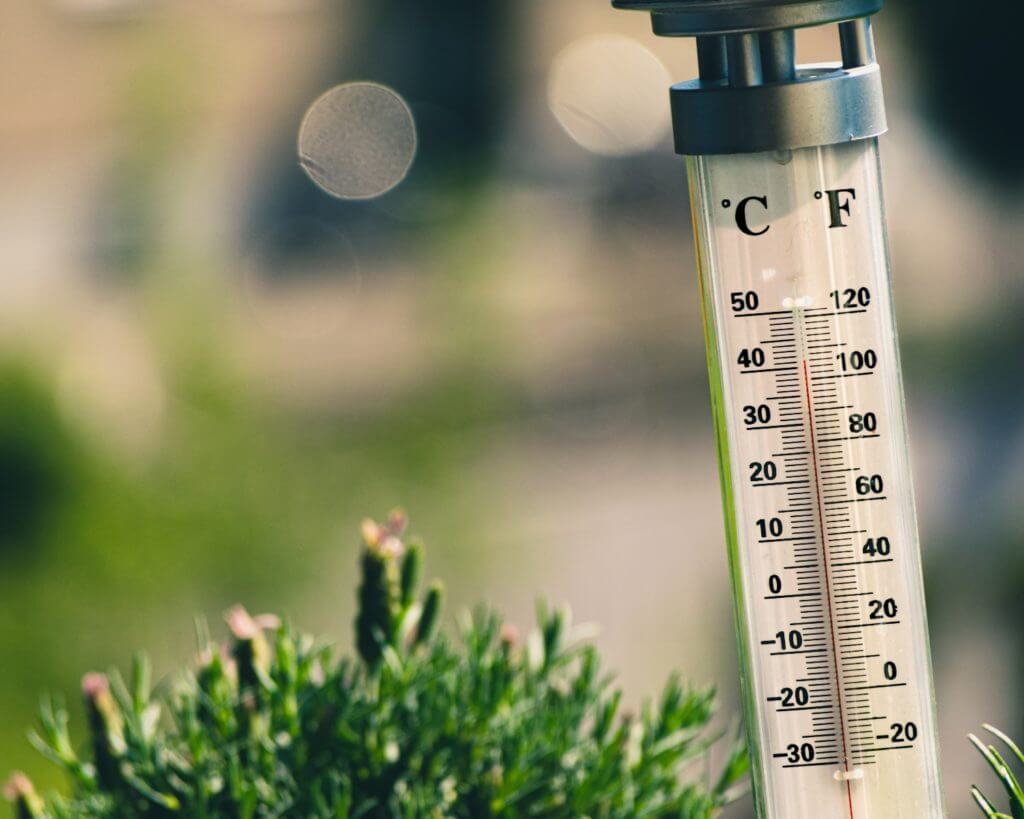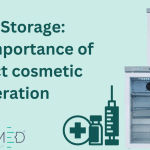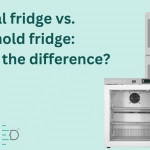
Medical fridge temperatures should be monitored and recorded at last twice per day and this is how you should do it
One of the most common questions we are asked by our customers is how often the temperature of a medical fridge should be monitored and recorded.
Temperature monitoring and recording is one of the most important factors when it comes to ensuring that vaccines are stored correctly and remain in the best condition.
We always recommend that medical fridge temperatures be recorded at least twice per day, once in the morning and once in the evening.
Of course, if you would like to monitor and record the temperature of your medical fridge more frequently that is absolutely fine.
What’s more, some medical fridges come equipped with state-of-the-art thermometers that constantly monitor and record temperatures for added reassurance.
Most medical fridges, and certainly those provided by CoolMed, are fitted as standard with alarms that sound if the temperature inside the fridge falls below or rises above the require range.
This means you can react instantly and take the necessary steps to protect the vaccines or medicines being stored inside of the fridge.
But what temperature range should vaccines be stored between and what is the best way to monitor and record temperatures? We explain below:
Maintaining the cold chain:
From the point of manufacture through transportation and storage, vaccines and medicines must be kept between a specific temperature range known as the “cold chain”.
This temperature range is between 2Oc+ and 8Oc and ensures that vaccines and medicines are in top condition and are safe to administer to patients.
Medical fridges have been specifically designed to maintain the cold chain and come fitted with alarms that sound if the temperature in the fridge is outside the required range.
That said, it is important to monitor and record the temperature of the fridge daily, especially in the morning because the temperature could have broken the cold chain overnight.
How to monitor and record medical fridge temperatures:
The task of monitoring and recording medical fridge temperature should be given to one or two senior members of the team to ensure it is done correctly.
It is important to follow the four Rs which are:
• Read
• Record
• Reset
• React
This means reading the temperature and accurately recording it in a dedicated temperature log. They must also sign their name against the entry.
Recordings should be taken for current, min and max temperatures. Once the recording has been logged and signed against, the thermometer must be reset.
If the recording shows that the temperature has fallen below or risen above the cold chain requirement during the night or the day then they must react.
This could be closing the fridge door if it has been left open, transferring vaccines into a working medical fridge or contacting an engineer to replace a broken part.
Data loggers provide the most accurate monitoring and recording:
If you want to automate the temperature logging and recording process then you should connect your thermometer to a data logger.
This will monitor and record temperature in real time. That said, it is important to read the data being sent each day to identify any cold chain breaches.
By following the above steps you can be sure that medical fridge temperatures remain within the cold chain and that vaccines are kept in the best possible condition.
This means vaccines are safe to administer to patients and that you do not incur any unnecessary expenses due to spoiled or ruined medicines. Speak to your local advisor
Featured Products
-

Solid Door Small Refrigerator CMS29
£575.99 £479.99 excl. VAT Add to cart -

Glass Door Small Refrigerator CMG29
£623.99 £519.99 excl. VAT Add to cart -

Solid Door Small Refrigerator CMS59
£719.99 £599.99 excl. VAT Add to cart -

Glass Door Small Refrigerator CMG59
£779.99 £649.99 excl. VAT Add to cart -

Solid Door Medium Refrigerator CMS125
£1,175.99 £979.99 excl. VAT Add to cart -

Glass Door Medium Refrigerator CMG125
£1,295.99 £1,079.99 excl. VAT Add to cart -

Glass Door Large Refrigerator CMG300
£1,799.99 £1,499.99 excl. VAT Add to cart -

Solid Door Large Refrigerator CMS400
£2,159.99 £1,799.99 excl. VAT Add to cart






